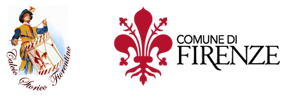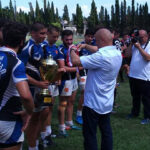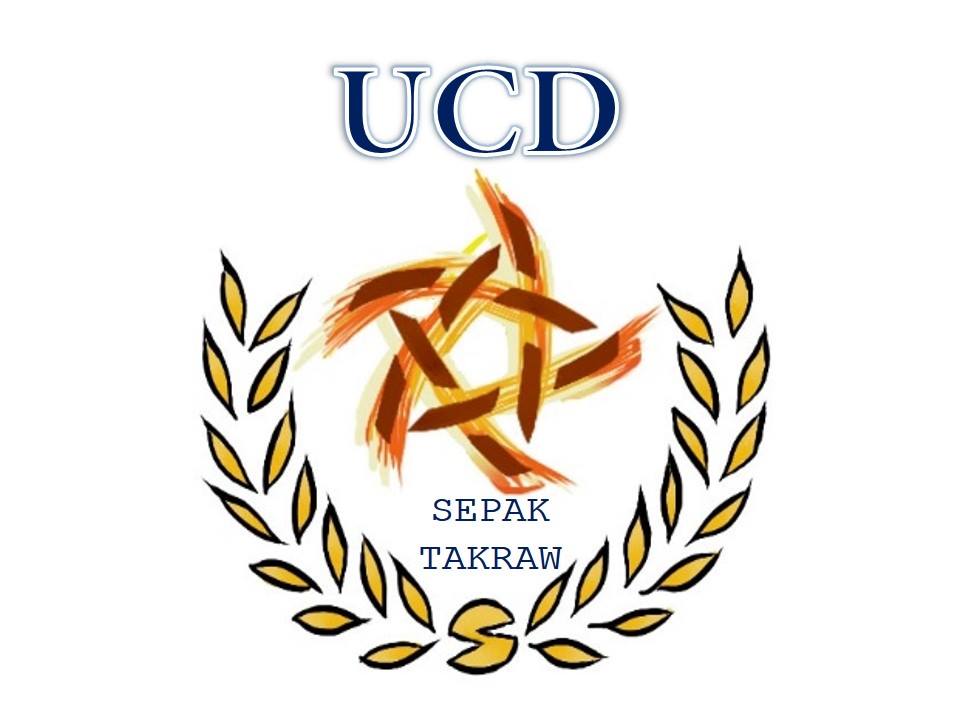
Report
The Sepak Takraw Club in University College Dublin has been playing a match amongst its own members each week since September 2014. [Reference: 2]
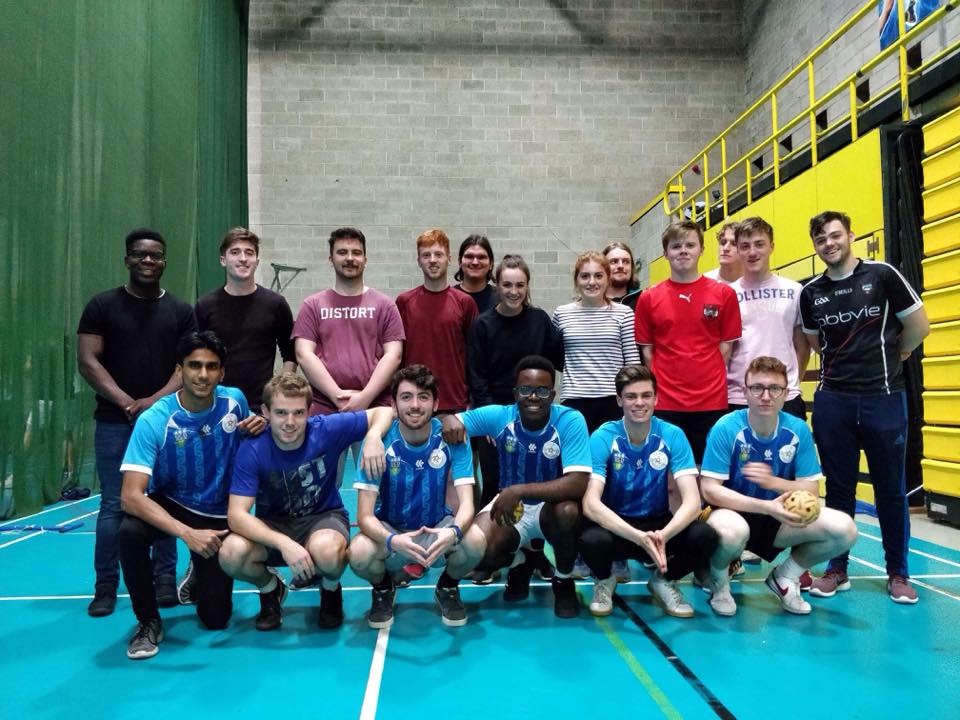
About Sepak Takraw
Sepak Takraw is a version of Volleyball played with every part of the body except the arms and is Native to Malaysia and Thailand, both of whom claim to have invented it and where the game is a National Sport. It is popular throughout South East and East Asia.
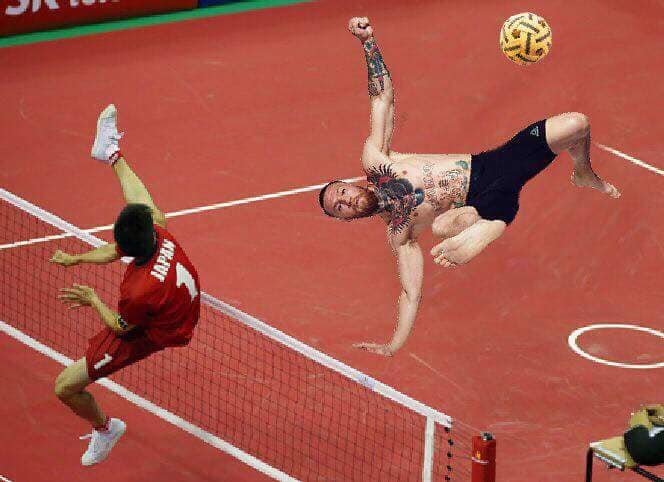
References
Logos
[1] UCD Sepak Takraw Club Facebook (2019) Profile Picture [Internet] Available from: https://www.facebook.com/UCDSepakTakrawClub/photos/a.856655207680172/856655271013499/ [Accessed 26 November 2020]
Social Media
[2] UCD Sepak Takraw Club (Facebook) (2019) Page [Internet] Available from: https://www.facebook.com/UCDSepakTakrawClub/ [Accessed 27 June 2019]
Images
[3] UCD Sepak Takraw Club Facebook (2019) Photo, October 6, 2018 [Internet] Available from: https://www.facebook.com/UCDSepakTakrawClub/photos/a.2156936830985330/2156936084318738/ [Accessed 26 November 2020]
[4] UCD Sepak Takraw Club Facebook (2019) Photo, September 26, 2018 [Internet] Available from: https://www.facebook.com/UCDSepakTakrawClub/photos/a.856696377676055/2143736898971990 [Accessed 26 November 2020]
Acknowledgements
Thanks to Paul Hui (Trinity College Dublin) & Eoghan Murphy.
About this document
Researched, compiled and written by Enda Mulcahy for the
Eirball | GAA World Archive
Last Updated: 26 November 2020
(c) Copyright Enda Mulcahy and Eirball 2020
You may quote this document in part provided that proper acknowledgement is given to the authors. All Rights Reserved.
